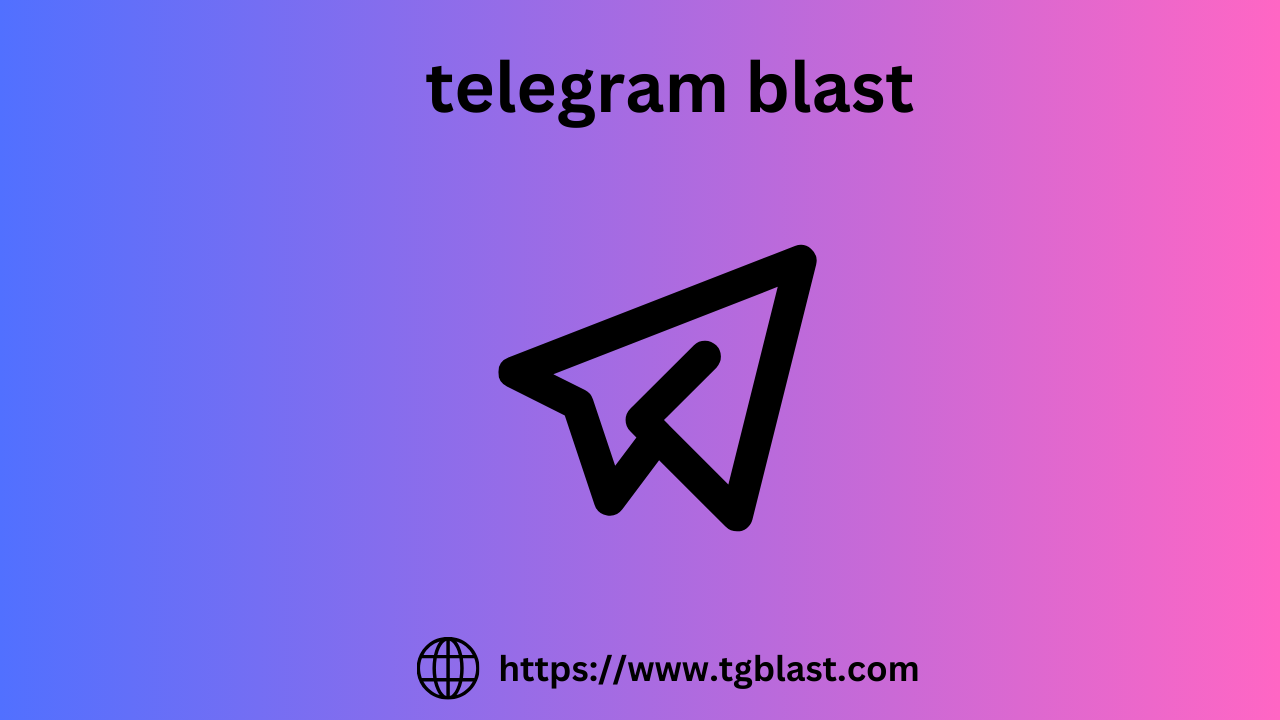Post by tanjilaakterjarin12 on Nov 14, 2024 3:41:15 GMT -5
Plan logistics: Determine the date and time of the event, the length of sessions, and the overall agenda. Arrange technical resources, such as cameras, microphones, and lights, to ensure optimal audio and video quality. Establish how participants will access the event and provide clear instructions. 4. Create content: Develop the content that will be presented during the event, such as slide decks, videos, demos , and other multimedia elements. Make sure the content is relevant, informative, and engaging for your audience.
Create a marketing strategy to promote your virtual telegram blast event. Use social media, email, websites, and other channels to attract attendees by setting up an online registration system to collect information from attendees and send them event details. 6. Training and testing: Familiarize presenters and technical staff with the platform and tools by conducting pre-runs to ensure everything is working properly and presenters are comfortable with the flow of the event. 7. Interaction and participation: During the event, encourage audience interaction through live chats, Q&As, polls, and other mechanisms.

Keep participants engaged and respond to their questions and comments. 8. Monitoring and analysis: After the event, collect feedback from participants and analyze participation and engagement metrics. This will help you evaluate the success of the event and identify areas of improvement for future virtual events. 9. Continuous improvements: Learn from each virtual event and make adjustments based on feedback and accumulated experience. Remember to use these insights to improve the planning and execution of future events. How you can organize a virtual event Platforms to organize a virtual event There are so many options that we could have told you the whole article about each one of them, but since you should already be familiar with the advantages of virtual events, we prefer to just leave you a small list of platforms for you to carry out your virtual events: Zoom: A widely used video conferencing platform that enables online meetings, webinars, and conferences with various interactive features such as chat, Q&A, polls, and virtual breakout rooms.
Create a marketing strategy to promote your virtual telegram blast event. Use social media, email, websites, and other channels to attract attendees by setting up an online registration system to collect information from attendees and send them event details. 6. Training and testing: Familiarize presenters and technical staff with the platform and tools by conducting pre-runs to ensure everything is working properly and presenters are comfortable with the flow of the event. 7. Interaction and participation: During the event, encourage audience interaction through live chats, Q&As, polls, and other mechanisms.

Keep participants engaged and respond to their questions and comments. 8. Monitoring and analysis: After the event, collect feedback from participants and analyze participation and engagement metrics. This will help you evaluate the success of the event and identify areas of improvement for future virtual events. 9. Continuous improvements: Learn from each virtual event and make adjustments based on feedback and accumulated experience. Remember to use these insights to improve the planning and execution of future events. How you can organize a virtual event Platforms to organize a virtual event There are so many options that we could have told you the whole article about each one of them, but since you should already be familiar with the advantages of virtual events, we prefer to just leave you a small list of platforms for you to carry out your virtual events: Zoom: A widely used video conferencing platform that enables online meetings, webinars, and conferences with various interactive features such as chat, Q&A, polls, and virtual breakout rooms.
